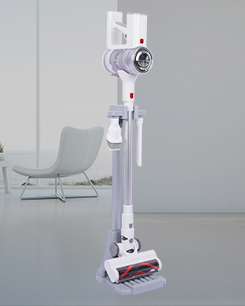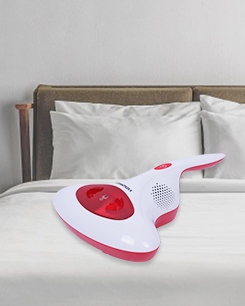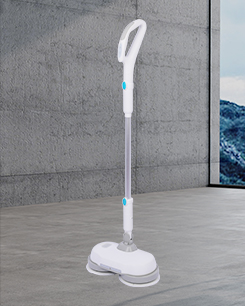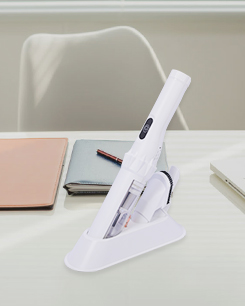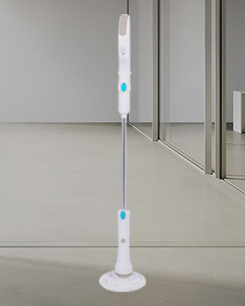Here's how a typical bed vacuum cleaner works to remove dust, allergens, and particles from a bed:
Suction: The vacuum cleaner creates a powerful suction force using an electric motor and a fan. This suction force pulls in air and any particles present on the bed's surface.
Filtration: As the air is drawn into the vacuum cleaner, it passes through one or more filters. These filters are designed to capture and trap small particles, such as dust, allergens, and debris. High-quality vacuum cleaners often feature HEPA (High-Efficiency Particulate Air) filters, which are particularly effective at trapping tiny particles, including allergens.
Agitation: For more thorough cleaning, some vacuum cleaners have brushes or beater bars. When vacuuming the bed, these rotating brushes agitate the mattress's surface, loosening and dislodging dirt and debris, making it easier for the suction to pick them up.


Collection: The captured particles and debris are collected in a dustbin or a vacuum bag within the vacuum cleaner. Some vacuum cleaners use a bagless design with a dustbin that can be emptied, while others use replaceable vacuum bags.
Exhaust air: The filtered air is then expelled back into the room through an exhaust vent. The filtration process ensures that the air released is cleaner than the air taken in, as most of the dust and allergens are trapped by the filters.
When using a vacuum cleaner on a bed, it's essential to use appropriate attachments and avoid damaging the mattress's surface. Additionally, remember to clean or replace the filters regularly to maintain the vacuum cleaner's efficiency and prevent the release of captured allergens back into the air.

 English
English Español
Español